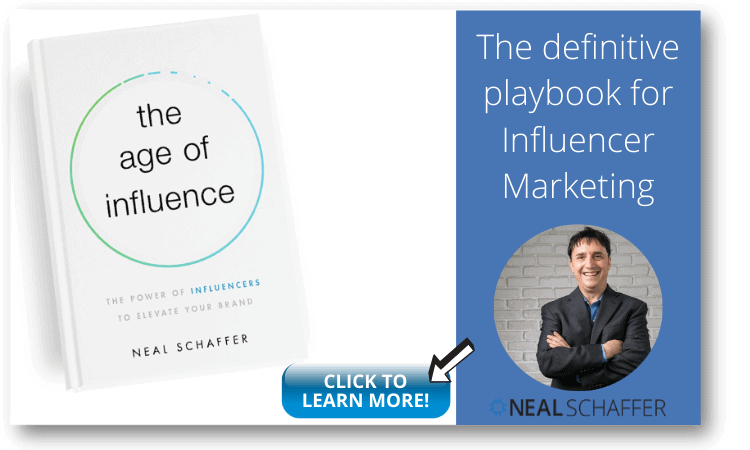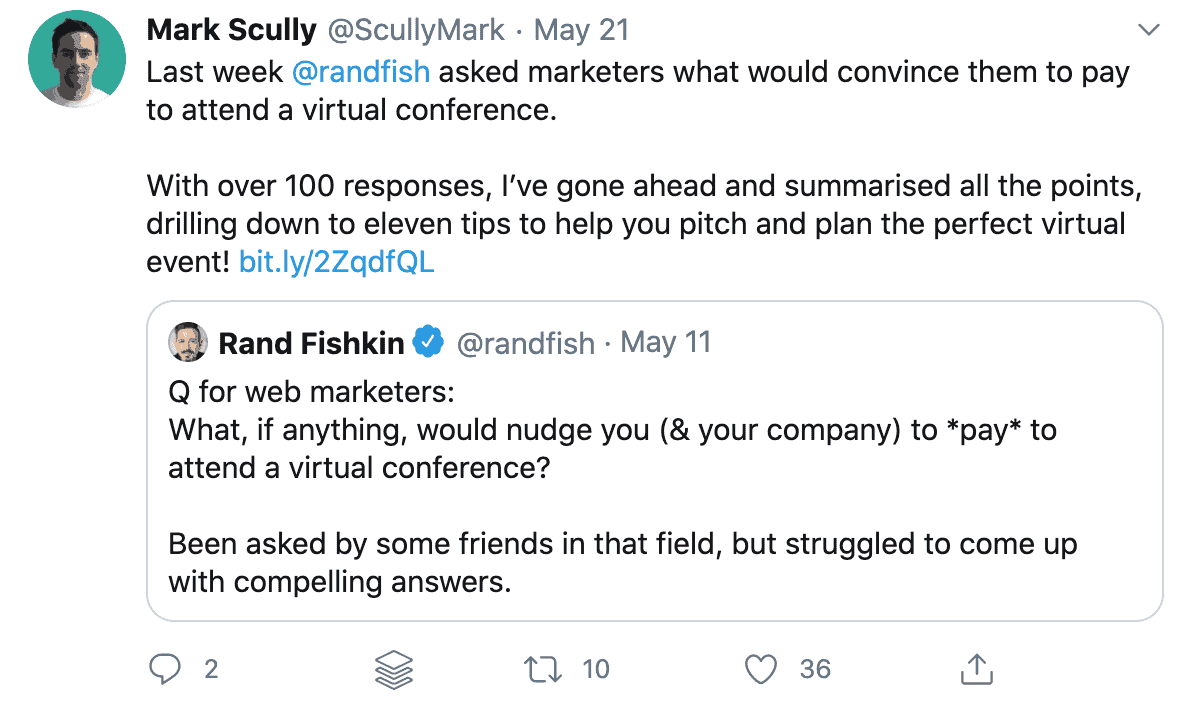Want to create content that is easily visible to your target audience? Then your branded content marketing needs to be SEO-friendly.
Good content rarely bubbles up to the top of the search results. Why? Because it needs a solid technical SEO and a link-building strategy.
So, it would be fair to say that your branded content marketing efforts are limited in large part because of the restrictions of your content. In other words, whether your content is SEO-friendly content or not.
Without diving into the technical details, let’s look at the essential elements that go into creating SEO-friendly content with the potential to rank well and fuel your branded content marketing.
Develop your branded content marketing strategy
Check out our advice here on how to create a branded content marketing strategy.
Use topic clusters
When there is a lot of conversation around keywords, why look at topics?
A topic can include several keywords and queries that fall into different areas of the buyer’s journey. The content you cover around a topic will, however, depend on the industry you are in and its vertical. It is also a great way to build out your branded content marketing as you can be known for your expertise in one or more key topics in your industry.
So, some sites would require:
- Content that covers early-journey learning topics.
- Content on the business’ point of view on the subject.
- Possibly the product offering that solves this problem.
Topic clusters are a way to think about and arrange several content pieces that are linked to a common, overarching subject, sometimes called pillar content. Pillar content is generally focused on a broad keyword with high search volume.

For example, if your pillar content is focused on a broad keyword like “social media planner” you might get 14,800 searches a month.
Around your pillar, you can create topic clusters like:
Your topic clusters use keywords with smaller search volumes but which have a better chance of ranking. You can think of all this as a book with many chapters. Each chapter works to provide comprehensive insight on one aspect of your pillar content and links to it directly.
One experiment found that the more interlinks that exist, the better the placement of content in the search engines. From an SEO perspective, topic clusters can help you gain search traffic through better rankings, which then provide greater credibility to your pillar content in the eyes of the search engines.
Ensure content relevance by identifying search intent
Search intent is essentially what the person is looking for when they type a specific query into the search bar.
You want to craft your content in a way that directly meets their needs.
Content relevance comes from understanding the primary topic and then deciding how you will create the content so it provides value to your target audience.
According to Google’s search evaluation quality guidelines, there are four categories of search intent:
- Know: The searcher wants information on a topic to answer a question.
- Do: The searcher wants to learn how to take a specific action.
- Website: The searcher wants to find a specific resource.
- Visit in person: The searcher wants to find a location to go to.
A good practice would, therefore, be to:
- Identify which category your primary keyword could be classified under.
- Validate the category by looking at the current content ranking for the keyword.
- Determine whether your competitors are targeting the same type of search intent you’ve identified for the query.
- Consider how they’ve structured their content to satisfy searchers’ needs.
- Identify aspects of search intent that top-ranking articles are failing to satisfy.
- Structure your content similarly while filling in the gaps you have identified.
Tip – To find gaps that the competition hasn’t addressed but that your readers may want to know about, look at the Google “People also ask” and “Related searches” sections of the search engine results page (SERP).

Add variety to your content
People’s interests and learning styles differ—some people like videos, others text, while still others, audio files. People also have different experiences when they come across your content. Some get distracted and bounce away while others pour over every word.
To cater to all these preferences, it might be appropriate to include videos, images, and text in your content. The idea is to satisfy the intent of your potential website visitors as opposed to slowing the load time of your web pages. In fact, Syed Balkhi says interactive content is the future of content marketing as it engages your audience and provides value.
You can use the average time on page as an indicator of how engaging your branded content marketing is and the quality of the user experience. The higher the time on the page, the better the experience.
Content variety, combined with excellent writing and detail, will help increase your average time on page.
Polish up your writing
Most people skim over your content using the headlines to guide them through your content.
This is not an excuse to skimp on writing in-depth content pieces. Depending on your industry or niche, tone, style, depth of writing, etc. also count when it comes to ensuring that your branded content is also SEO-friendly.
Editing also helps you create engaging yet polished branded content marketing. Programs like Grammarly and the Hemmingway app can help address some grammatical and readability issues. SEMrush’s SEO Content Template can help with specific SEO recommendations.
When trying to break into a competitive space, you might also try including humor, your personality, soundbites, bullet points, colorful prose, metaphors, etc. to distinguish your content from others.
Find a balance between authority and originality
Should you include expert claims, authoritative links, and sources, or should you create original research and content? Which do people and search engine algorithms value more?
Leaning on research and the advice of experts is excellent as is conducting original research. You should endeavor to add value to your content by including a perspective your audience would want. Reliable sources are great to support your argument and your compelling story.
That said, scraping content and giving credence to unverified reports should be avoided.
Think of mobile optimization (but don’t forget about desktop)
Mobile traffic around the world is up 222% in the last seven years.

Statcounter shows mobile traffic share at 53.81%, desktop traffic share at 43.27%, and tablet traffic share at 2.92% at the time of writing.
In other words, mobile traffic is significant, but it helps to remember that searches on mobile devices tend to be more specific and targeted than desktop searches. They are more likely to reflect lifestyle choices like a search for “steak bistro in Las Vegas” or something like “convert 8 ounces into grams” while baking a cake.
It also helps to remember that on desktops, people are more willing to explore long-form content that they are not likely to read on a mobile device. So, you need to cater to both form factors.
Make the form match the content
Things to keep in mind when looking at the form are:
- Word count.
- Structure of the content.
- The tone of the piece.
- HTML tags.
- Title and meta tags.
It also helps to follow Google’s advice which is to “make pages for users, not for search engines.”
Start by understanding what kind of search your branded content marketing satisfies. Then you can craft a good outline for your content before you flesh it out to ensure that the article reflects the value that you want to provide for your audience.
For example, for a technical article around currency trading or carpentry, you need to get to the point right away. On the other hand, your audience will probably be more open to you setting the scene for a listicle on mindfulness.
Update aging content
As we have said before – relevance rules your rankings.
We’ve talked about how relevant content, with new keywords, goes a long way toward ensuring users find your website.
Without regular updates, your website and content can lose their positions in the search rankings, even if you have a decent domain age.
Search engines will be on the lookout for relevant, up-to-date, authoritative, and optimized content. So, it makes sense to conduct audits at regular intervals to find the content that needs updating.
You can also check out the competition and look for new sites that may have popped up since you last did your research. See if they affect your rankings, given your business focus.
If you haven’t created one, a regular schedule for publishing content can help. New material lets the search engines know that your content is being added and being made relevant.
Improve your link profile
Inbound links matter to your branded content marketing efforts. Great content will not rank without a well-organized link-building strategy.
Why? Search engines look for links to your content as reliable indicators of potential relevance to searchers. The more links to your content, the more likely it is to be relevant to a searcher and their intent.
From a user’s perspective, finding your content by means of a link is indicative that the referring author trusts your site and its reputation.
In other words, while links help users move within a site and to other websites, they also make your site look reliable.
To build links, an excellent place to start is by conducting a competitive link analysis. This is a process in which you evaluate who links to your competitors and why.
Things to look for as part of the analysis include:
- What kinds of domains are they?
- What do they have in common?
- Are their audiences similar to yours?
- How do your competitors’ link profiles differ from yours and how are they earning those links?
Once you get answers to these questions, you’ll know what you have to do. You’ll also know who to focus on to build your links.
Once you have answers, you can focus on getting some of those referring domains to link to your site/content. Getting links may involve suggesting that your content or website is a suitable replacement for links that are broken. Don’t forget that posting new content also can get you referral links.
This isn’t an easy process, but a strong backlink profile does lead to increased authority.
Participate in your industry community
Joining the conversation in your industry community helps get your name associated with places that are relevant to your audience. But it also provides a way to help others stay abreast of your helpful insights and knowledge.
So, it makes sense to find and follow your industry peers on social networks where your audience also hangs out.
Sharing your content, engaging in discussions, and otherwise actively participating in online communities are all essential elements of your overall content strategy. You can’t build online authority without them.
For example, Rand Fishkin’s tweets often give perspectives on current circumstances and things that impact online marketing. And they generate quite a bit of discussion—like this one:

Improve your branded content marketing with SEO friendly content
According to Google’s advice, we should “make pages for users, not search engines”.
Nobody builds great brand content overnight.
However consistent action in crafting content that your audience appreciates and values, proves to people you’re a brand worth taking note of overtime.
It also means
- Building your brand through consistent, SEO friendly strategic content.
- Maintaining an active social media presence.
- Creating content that proves your expertise, knowledge, and provides value to your audience everywhere.
- Seeking to make genuine connections with your peers and audience in and around your industry.
What’s working for you as you seek to improve your branded content marketing?
